African art has a rich and diverse history, spanning thousands of years and encompassing a wide range of styles, mediums, and themes. Contemporary African art builds upon this strong foundation, and has been profoundly impacted by the rapid development of technology in recent years. This essay will explore the many ways in which technology has shaped contemporary African art, from providing artists with new tools and platforms to inspiring new themes and subjects.
In the digital age, artists from across the African continent have gained greater access to global audiences, while also being exposed to a wider range of artistic influences. At the same time, advances in digital art tools and software have expanded the creative possibilities available to artists, enabling them to experiment with new techniques and mediums. The rise of the Internet and social media has also facilitated collaboration and networking opportunities, helping to build a vibrant and interconnected community of artists. In this environment, contemporary African art has flourished, resulting in a rich and diverse body of work that explores themes such as identity, cultural heritage, socio-political issues, and environmental concerns.
II. Technological advancements and their influence on African art
A. The Internet and social media
- Greater accessibility to global audiences
The Internet has made it possible for African artists to reach global audiences in ways that were previously unimaginable. Platforms like MoMAA allow artists to showcase their work to viewers around the world, breaking down geographical barriers and opening up new opportunities for artistic exchange and collaboration.
- Networking and collaboration opportunities for artists
Social media platforms have also played a significant role in fostering connections between African artists and their peers, both within the continent and beyond. By sharing their work online and engaging with other artists, African creators can form valuable networks and gain exposure to new ideas and techniques.
- Online art marketplaces and digital galleries
The rise of online art marketplaces and digital galleries has further expanded the reach of contemporary African art, enabling artists to sell their work to collectors and enthusiasts around the world. This not only generates income for the artists but also contributes to the global recognition and appreciation of African art.
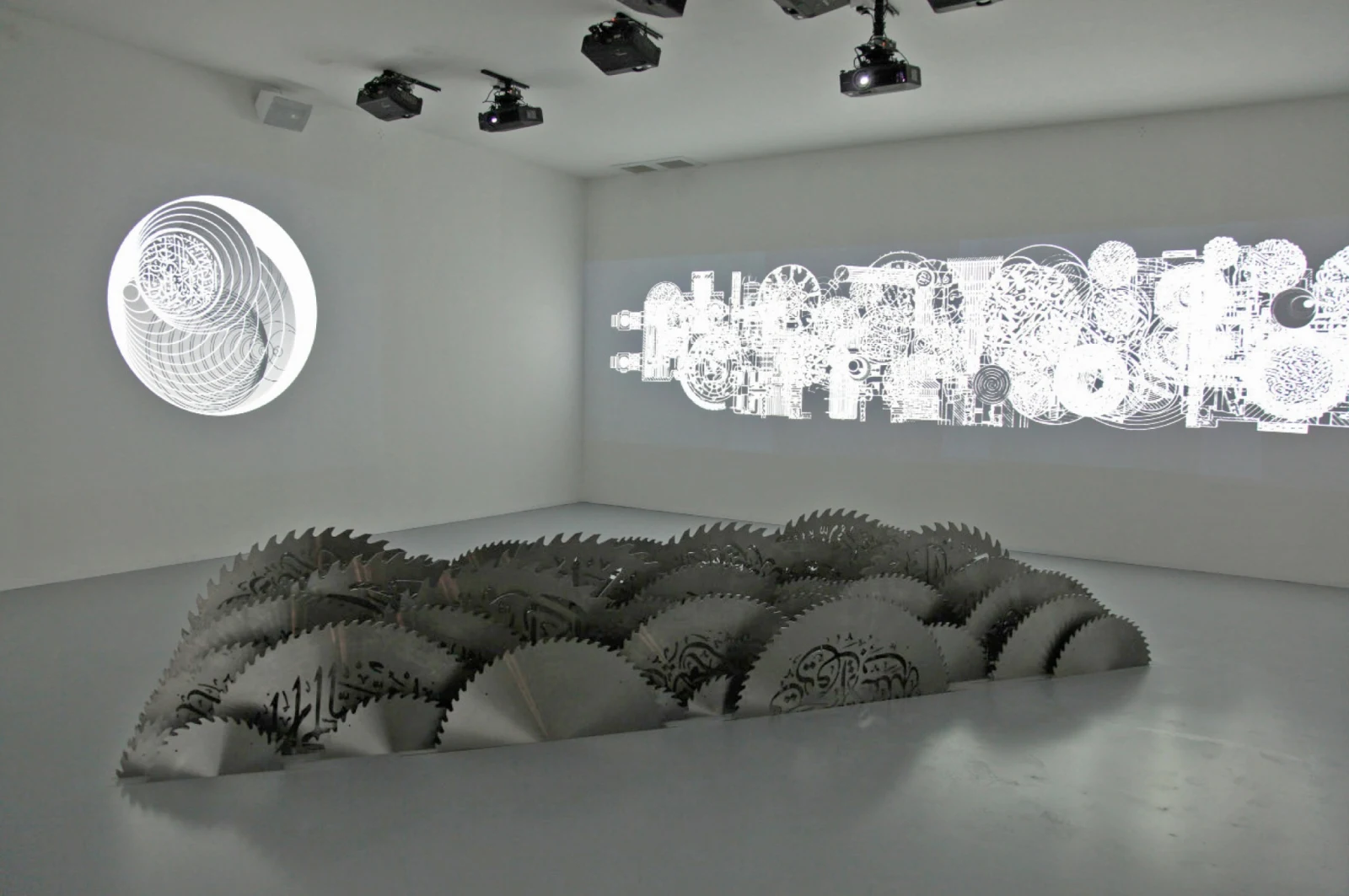
B. Digital art tools and software
- Graphic design and illustration software
Digital art tools, such as graphic design and illustration software, have opened up new creative possibilities for African artists. These tools enable artists to experiment with different styles, techniques, and mediums, resulting in a diverse range of artistic expressions.
- 3D modeling and animation
Advancements in 3D modeling and animation software have also had a significant impact on contemporary African art. Artists can now create intricate, lifelike models and animate them, adding an entirely new dimension to their work.
- Virtual and augmented reality
Emerging technologies like virtual and augmented reality are further expanding the boundaries of artistic expression. African artists can now create immersive, interactive experiences that transport viewers to new worlds or provide fresh perspectives on familiar environments.
C. New media and interdisciplinary approaches
- Video art and installations
New media art forms, such as video art and installations, have become increasingly popular among contemporary African artists. By incorporating moving images and spatial elements into their work, artists can engage viewers in dynamic, multisensory experiences.
- Sound art and electronic music
Sound art and electronic music have also gained prominence in the African art scene, with artists using technology to create innovative auditory experiences that challenge traditional notions of what constitutes art.
- Interactive and participatory art
Interactive and participatory art forms encourage viewers to become active participants in the creative process, fostering a deeper connection between the audience and the artwork. By leveraging technology, African artists can create installations and experiences that respond to viewer input or evolve over time, blurring the lines between artist, artwork, and audience.
III. The impact of technology on the themes and subjects in contemporary African art
A. Exploring identity and cultural heritage
- Digitally archiving and preserving traditional art forms
Technology has played a crucial role in preserving and archiving traditional African art forms, ensuring that they remain accessible to future generations. Digitization projects and online databases, such as MoMAA’s blog, allow artists and researchers to study and learn from the rich history of African art.
- Reinterpreting and reimagining historical events and cultural icons
Contemporary African artists often use technology to reinterpret and reimagine historical events and cultural icons, creating new narratives and perspectives that challenge conventional wisdom. Through digital manipulation and other creative techniques, artists can breathe new life into familiar stories, exploring themes of identity and cultural heritage in the process.
B. Addressing socio-political issues
- The use of technology in activist art
Technology has enabled African artists to engage more directly with socio-political issues, creating activist art that raises awareness and sparks conversation. By leveraging digital tools and platforms, artists can communicate powerful messages to wide audiences, fostering dialogue and driving social change.
- Examining the digital divide and its consequences
The digital divide remains a pressing issue in many African countries, with unequal access to technology exacerbating existing social and economic inequalities. Contemporary African artists often explore this theme in their work, shedding light on the consequences of the digital divide and advocating for greater inclusivity and access to technology.
C. Environmental concerns and the Anthropocene
- Digital art addressing climate change and ecological challenges
As the world grapples with the challenges of climate change and ecological degradation, contemporary African artists have turned to digital art to address these pressing issues. Through their work, artists can raise awareness, provoke discussion, and inspire action in the fight against environmental degradation.
- The role of technology in sustainable art practices
Technology has also played a role in promoting more sustainable art practices, with artists employing eco-friendly materials and techniques in their work. By embracing environmentally responsible practices, contemporary African artists contribute to the broader effort to protect the planet and its resources.
IV. Challenges and opportunities in the digital age
A. Intellectual property and copyright issues
- Protecting artists’ rights in the digital era
The digital age has brought new challenges for artists when it comes to protecting their intellectual property and copyrights. In response, organizations and legal frameworks have emerged to help artists safeguard their work in the digital realm, ensuring that they receive proper recognition and compensation for their creations.
- The influence of open-source and Creative Commons licenses
Open-source and Creative Commons licenses have also shaped the contemporary African art landscape, encouraging collaboration and the free exchange of ideas while still protecting artists’ rights. By embracing these licensing models, artists can contribute to a more open and interconnected artistic community.
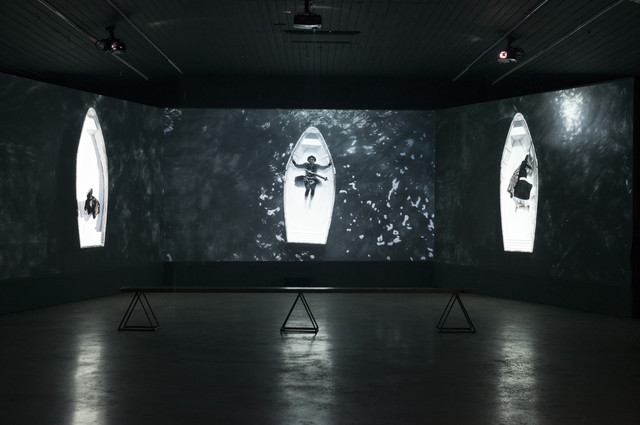
B. The digital divide and access to technology
- The impact of limited access to technology on artists’ opportunities
Limited access to technology can hinder African artists’ ability to create, share, and sell their work, exacerbating existing inequalities in the art world. Addressing the digital divide is essential to ensuring that all artists have the opportunity to participate fully in the global artistic community.
- Initiatives to bridge the digital divide in African art communities
A number of initiatives have emerged to help bridge the digital divide in African art communities, providing artists with access to technology, training, and resources. Programs such as MoMAA’s interviews and online learning platforms offer valuable opportunities for African artists to develop their skills and connect with others in the field, fostering a more inclusive and vibrant artistic community.
C. Art education and training in the digital age
- Incorporating technology in art curricula
As technology continues to shape the contemporary art landscape, it is essential for art education and training programs to adapt accordingly. By incorporating technology into art curricula, schools and institutions can equip African artists with the skills and knowledge needed to thrive in the digital age.
- Online learning platforms and resources for African artists
Online learning platforms and resources have become increasingly important in art education, offering African artists greater access to information and training. From tutorials and workshops to online courses and mentorship programs, these resources empower artists to expand their skills and knowledge, regardless of their location or background.
The ongoing transformation of African art due to technology is both remarkable and multifaceted. As this essay has explored, technology has had a profound impact on the ways in which African artists create, share, and engage with their work, as well as the themes and subjects they explore. From digital art tools and software to the rise of the Internet and social media, these advancements have expanded the creative possibilities available to artists and fostered a vibrant, interconnected community.
At the same time, the digital age has brought new challenges and opportunities, from issues surrounding intellectual property and copyright to the digital divide and access to technology. As African art continues to evolve and adapt to the rapidly changing technological landscape, it is essential for artists, educators, and institutions to address these challenges and embrace the opportunities that technology presents.
In doing so, they can help to ensure that contemporary African art remains a dynamic, diverse, and vital part of the global artistic conversation, while also empowering African artists to share their unique perspectives and stories with the world.
Additionally, contemporary African art contributes to the global artistic conversation by showcasing the diverse and unique perspectives of African artists. This helps to challenge stereotypes and promote a more nuanced understanding of African culture and history.
Moreover, the art sector in contemporary African society also has significant economic potential, as it creates opportunities for artists, curators, and other professionals within the art world. With the rise of technology and the increased visibility of African art on the global stage, there is potential for further growth and development within the industry.
In conclusion, contemporary African art serves a multitude of purposes within African society, from cultural expression and preservation to economic development and global engagement. As technology continues to shape the art world, it is crucial for artists, institutions, and stakeholders to recognize and embrace the transformative potential of technology in the African art scene. By doing so, they can help ensure that contemporary African art remains a vibrant, dynamic, and influential force in the global artistic community, while also empowering African artists to share their unique stories and perspectives with audiences around the world.
FAQ
What is the impact of new technology on contemporary art?
New technology has greatly impacted contemporary art, providing artists with new tools and platforms for creating, sharing, and engaging with their work. It has also inspired new themes and subjects, enabling artists to explore a wide range of issues and ideas.
What is the relation of technology in contemporary art?
Technology is both a tool and a subject in contemporary art. Artists use technology to create new forms of art, as well as explore themes related to technology itself, such as the digital divide, intellectual property, and the impact of technology on society and the environment.
What influence did African art have on modernism?
African art had a significant influence on modernism, particularly in the early 20th century. European artists, such as Picasso and Matisse, were inspired by the bold forms, colors, and patterns of African art, incorporating these elements into their own work and helping to shape the development of modern art movements like Cubism and Fauvism.
What is the importance of art in contemporary African society?
Art plays a vital role in contemporary African society, serving as a means of expression, communication, and cultural preservation. Through art, African artists can explore themes related to identity, heritage, socio-political issues, and the environment, fostering dialogue and promoting understanding within and beyond their communities.


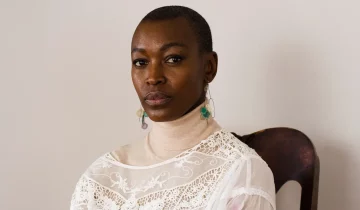
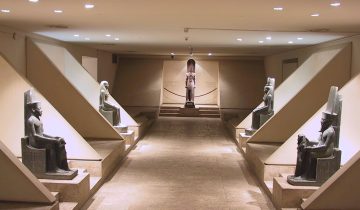
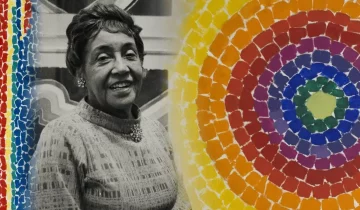
 No products in the basket.
No products in the basket.